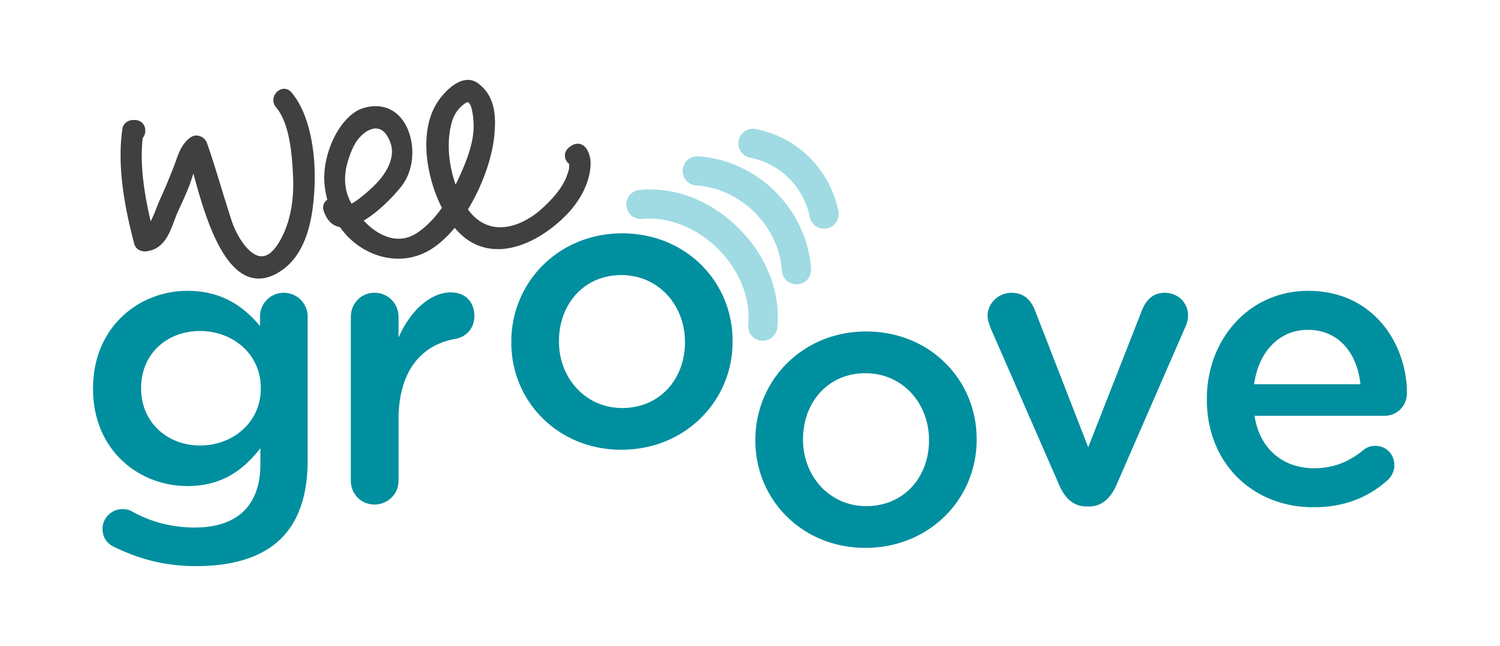Children are creatures of habit. They crave constancy and change can be very hard. In any given daycare classroom there are numerous transitions daily: cleaning up toys, washing hands before lunch, lining up to go outside, getting ready for nap time or going to music class.
Transition times have a pesky tendency to bring out the least desirable behavior in children. Transition time is when biting happens. It’s when children get overwhelmed; they cry because so much is happening and they are having trouble processing it. Transitions tend to be chaotic and often take much more time then they have to.
How can we make these transitions easier on children, teachers and parents?
Music… of course!
Music is a powerful tool linked to our memories. Using the same song everyday during a particular transition can clue your children into what is about to happen. Try preparing for naptime by playing the same soothing song every day. Sing a little song to get children to line up at the door to go outside. Using the clean up song will often make cleaning up your classroom easier, faster and more fun. Sing a hand washing song to take the misery out of getting ready for lunch.
Transition songs can be used at home too. A goodnight song or a potty song, can help create routines that make your daily activities easier. Do you have a wiggler on the changing table? Distract them with a song and teach them how to play their belly like a drum.
The songs you use to ease your transitions don’t have to be brilliant. Your children have very low standards when it comes to music structure. The songs you sing don’t have to rhyme or be very clever, but they do need to be consistent.
What songs do you use during your transition times?
